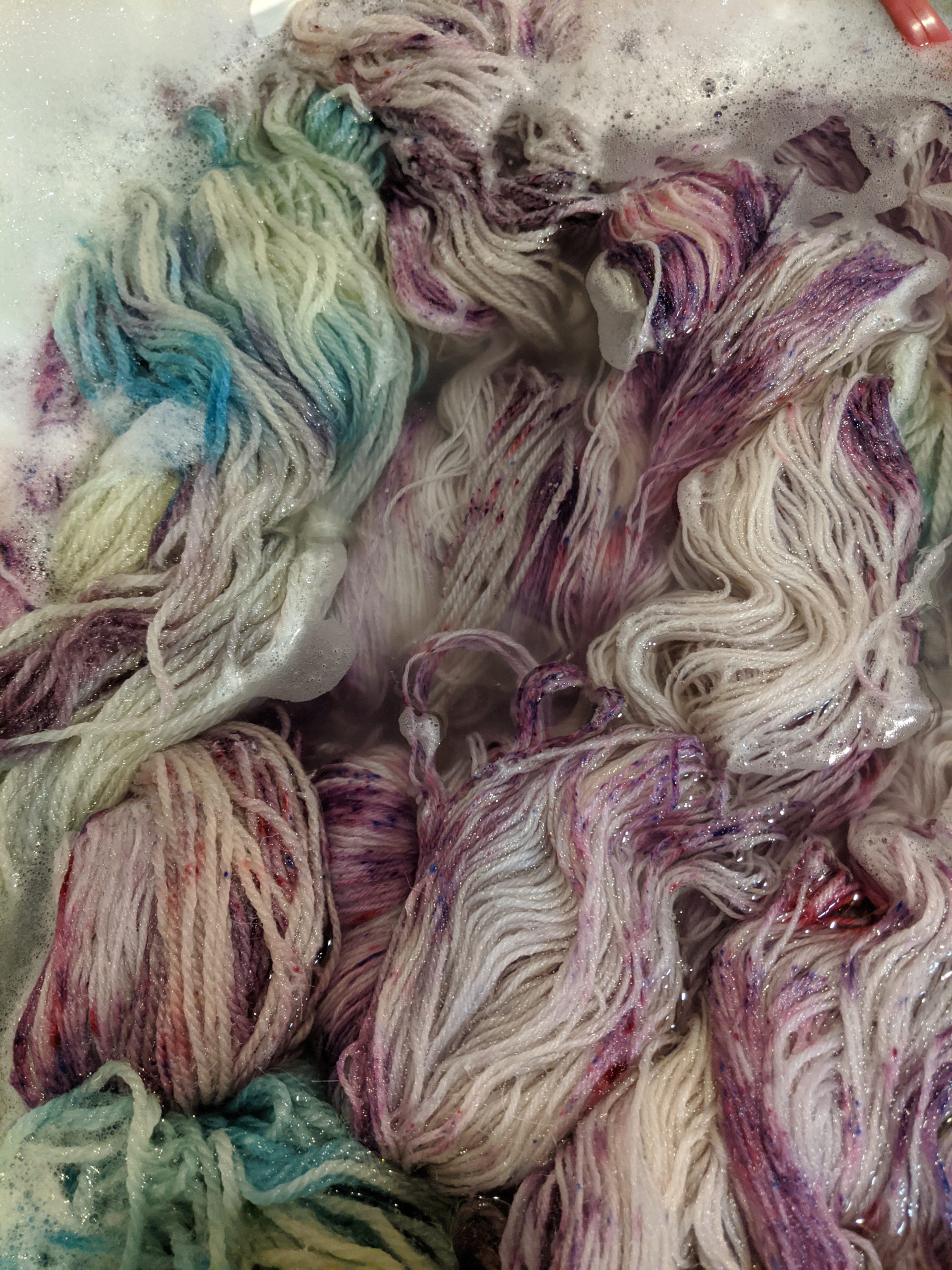To Thwack or Not to Thwack
A handspinner’s guide to setting the twist on your yarn!
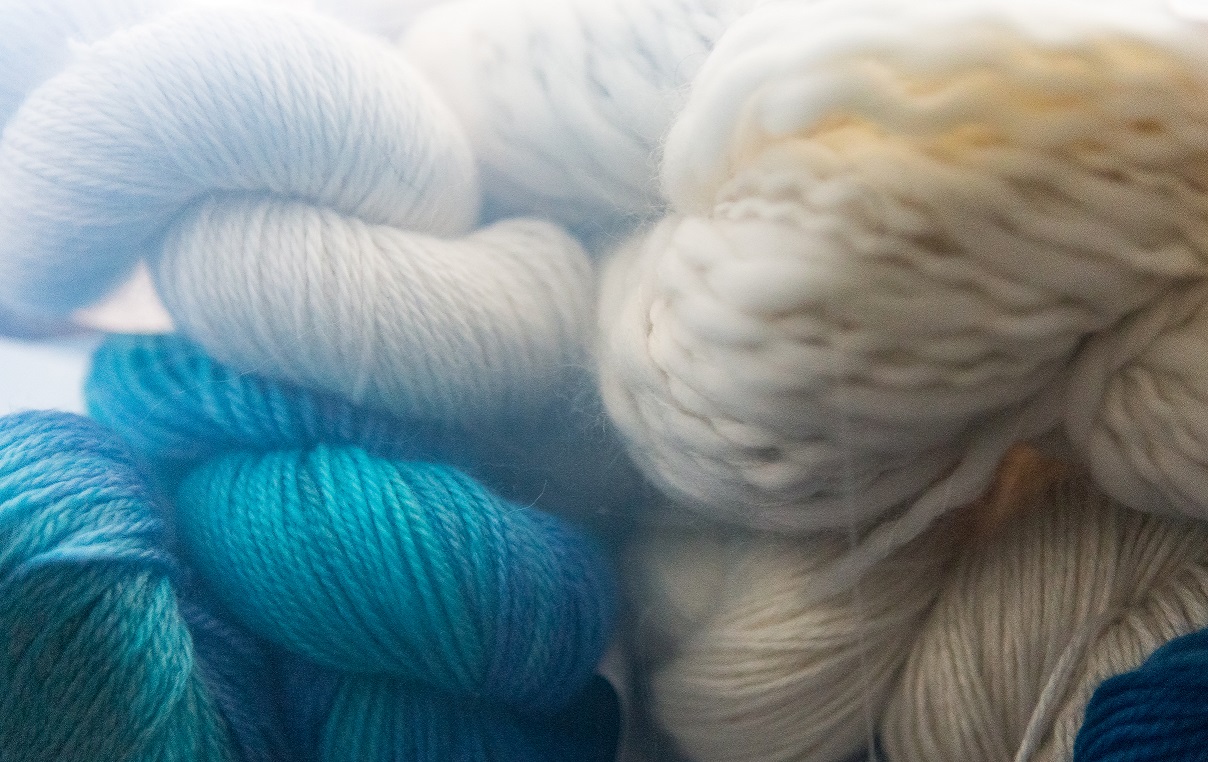
You have three options to set the twist on your handspun yarn:
- Thwacking your yarn is the process of beating the crap out of it when you’re done washing and rinsing your yarn.
- Snapping the Yarn
- Leaving it Soaking
A quick note on washing your handspun wool yarn.
Our best practice is:
- Tie the yarn in at least three places with a figure 8 of either yarn or thread. This will help to keep your yarn from becoming tangled
- Secure one end with a zip tie or shower curtain ring to help with hanging
- Use a wool wash such as Soak or Use Plain Dawn Dishsoap (but just a little)
- Wash in cold water only
- Leave to soak for at least ten minutes
- If you use a wool wash such as Soak, no rinse is required
- If you use Dawn Dish Soap, you must rinse until the bubbles are gone in Cold water only. Be gentle and don’t agitate your yarn too much. You don’t want to ruin your hard work by accidentally partially felting your yarn
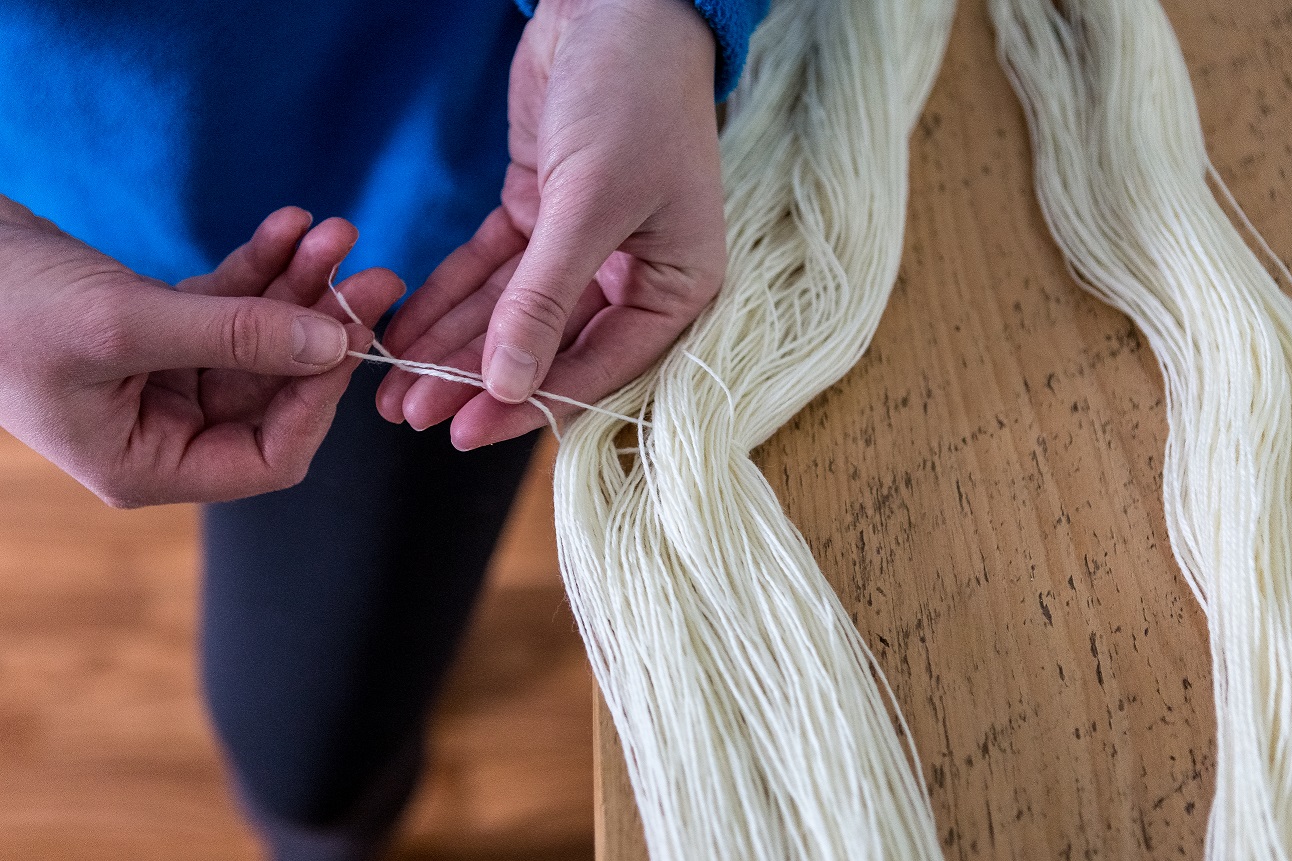
At this point, you have two options, to remove the excess water or to leave it in!
If you choose to remove the excess water:
-
- Wring the yarn to remove the excess water
- Be careful – this is very dependent on the yarn composition. Use with extreme caution
- Roll your yarn in a dry towel to remove excess water
- Wring the yarn to remove the excess water
If you have a yarn that is now somewhat dry, you can Thwack if you wish.
Positives for Thwacking your Yarn
- It can help to set the twist
- Relieves excess stress and anger
- If your yarn is already creating a bit of a halo (which is a beautiful effect), then thwacking can help to bring that out
- Helps to even the spin within your ply as well
- If you have certain sections with a tighter spin, it can help to even it out throughout the yarn
How to Twack Yarn
- Hold the yarn by one end (the end with the zip tie to prevent injury)
- Move it over your shoulder
- Bring it over your shoulder into the sink with all of your strength – Thwacking it.
- You could think of it as the same motion of beating the dust out of a rug
- You can also do this outside, but refrain from cleansing yelling at the same time if you have neighbours
- Repeat until you’re tired, your yarn looks good, or your anger is gone!
- Hang to Dry
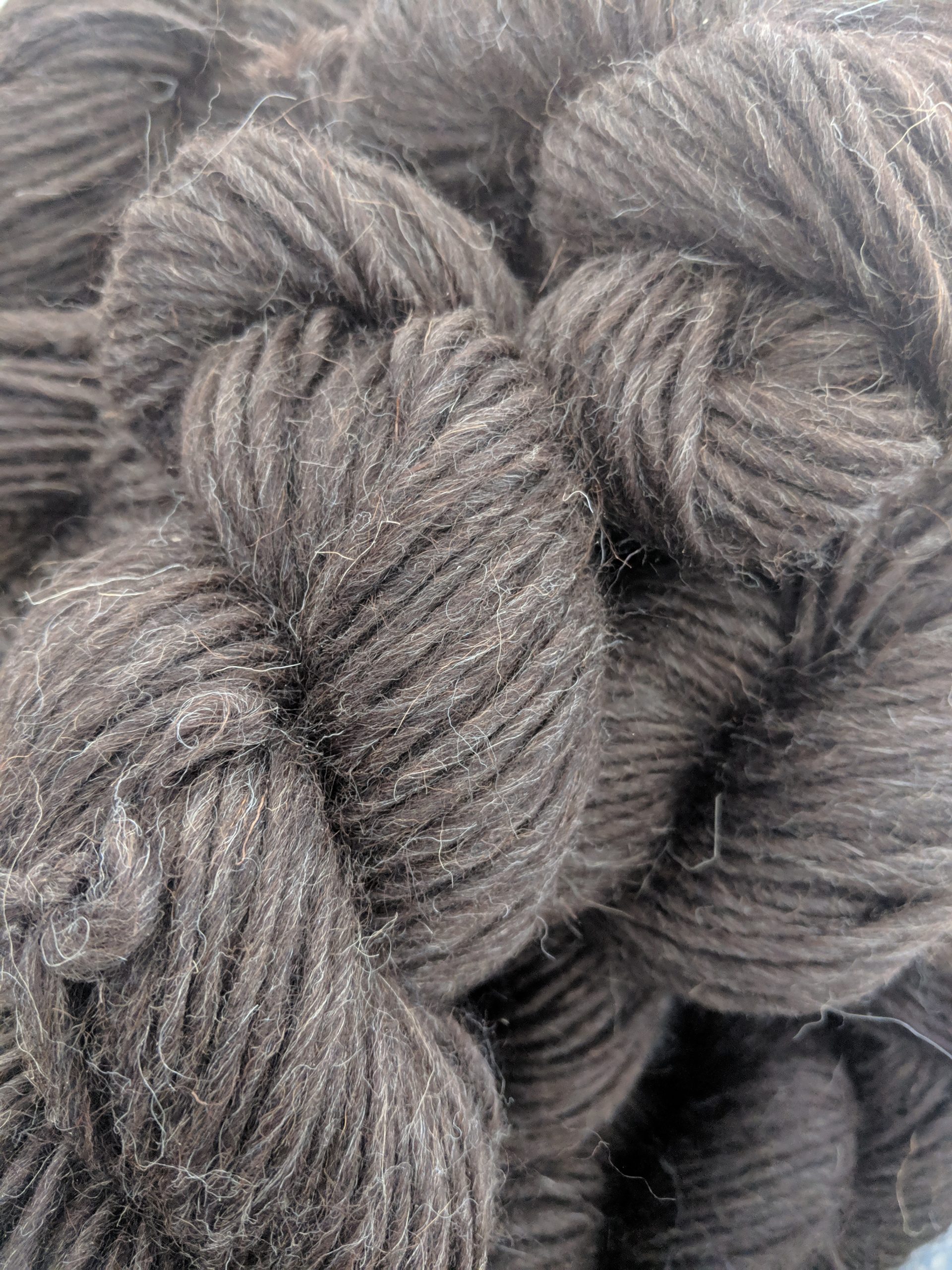
Snap your Handspun Yarn to Set the Twist
Positives for Snapping
- Releases less Halo around the yarn
- Great for Delicate blends (silk blends, soybean blends, single ply)
- Less Work
- Great if you’re a naturally happy individual
How to Snap Your Yarn
- Put your hands inside of the loop of your handspun
- Release tension
- Snap your hands outwards to smack the yarn tight
- Think of this as backwards clapping. Bring your hands together and then out quickly
- Rotate your hands and repeat
- Do this at least three times to make sure your Snapping is even throughout the skein.
- Hang to Dry
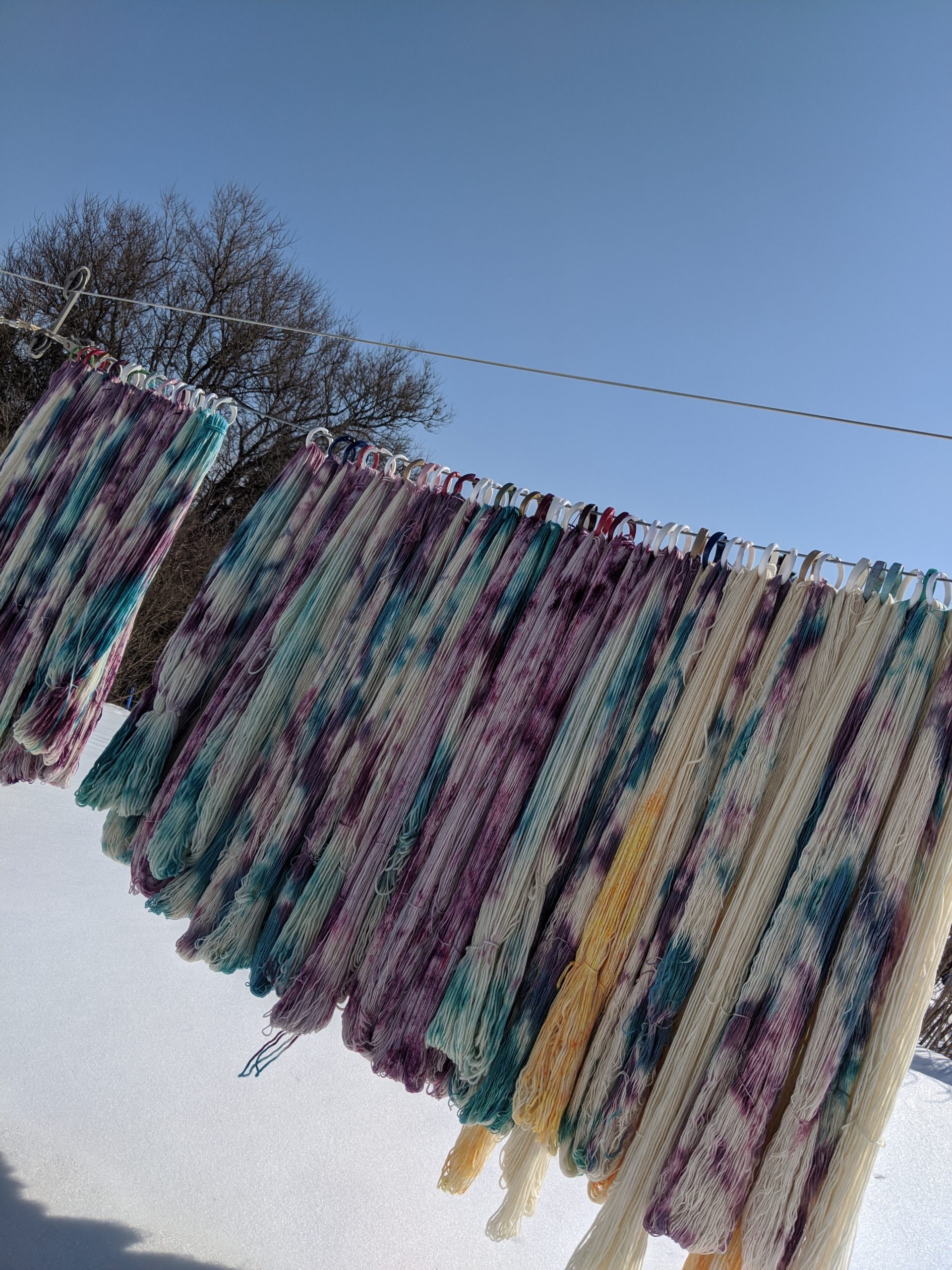
Let Water Set your Twist
Positives for Letting the Water do the work of setting your twist
- Fantastic for Lazy People (Emma raises her hand)
- Easy to if you’re washing multiple skeins
- Minimal halo produced as the yarn isn’t really disturbed
Negatives
- Will take FOREVER to dry
- If you have an uneven twist in your yarn, it might not get it out. However, you can try this first, and then snap or thwack once the yarn is just damp if you wish.
How to let the water Set your Twist
- If you leave the excess water in the skein, you can set the twist by hanging it while SOAKING wet.
- Once you’re done rinsing your yarn, simply hang to dry, letting the weight of the water pull the twist down and even it out
- If you wish, you can add a weight to the end of your skein using an additional zip tie – such as a padlock. Just make sure it’s not touching your yarn in case it rusts.
- Hang until dry

